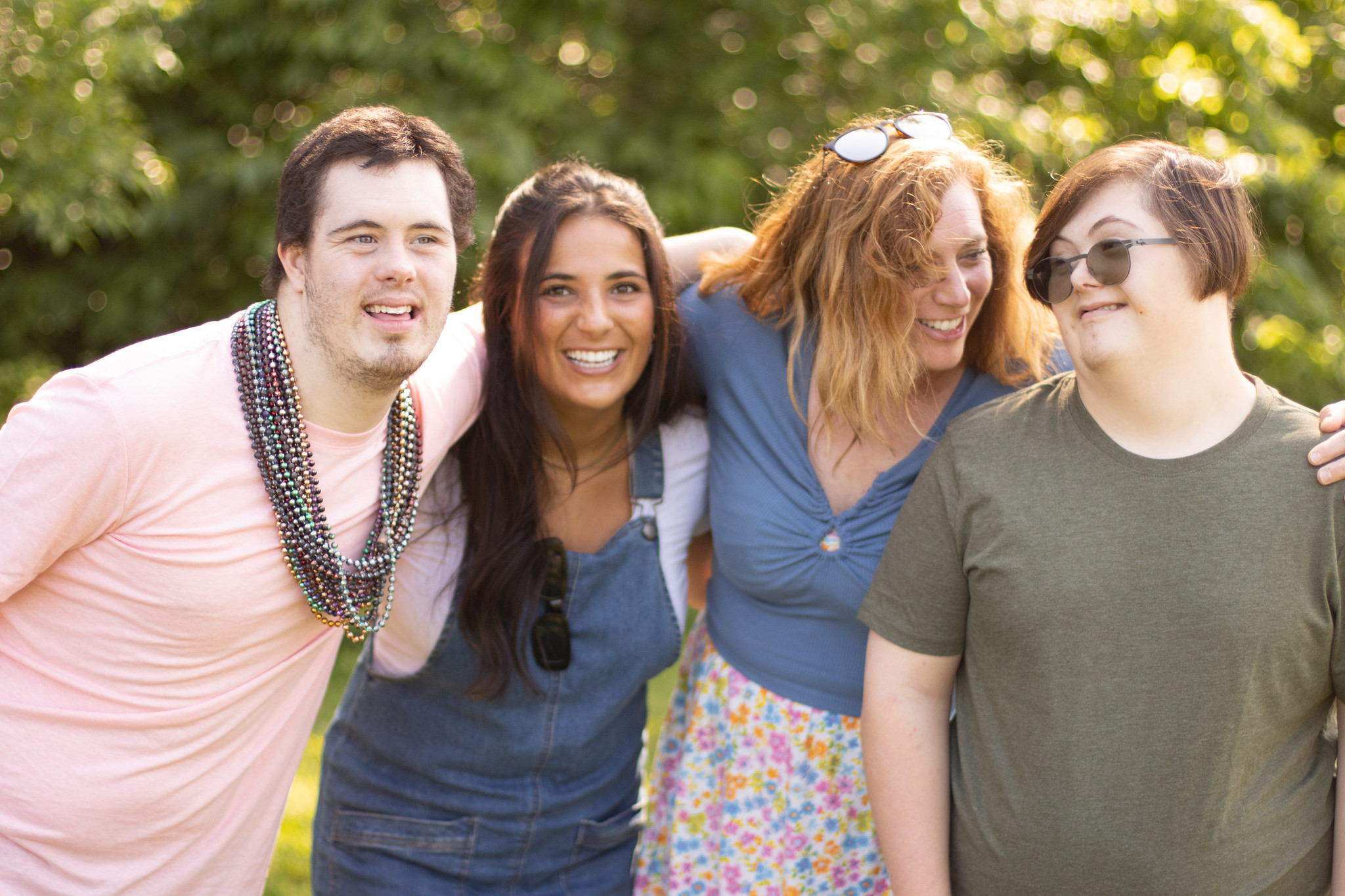Guest Post: Supported Decision-Making, Explained

Most people practice supported decision-making to some extent, whether they have a disability or not.
Do you want to be fully in charge of your life? Or does being in charge scare you a bit? Is there an in-between place where you are in charge of your decisions, but you have help along the way? Yes, there is. It’s called supported decision making.
First, let’s talk about guardianship, which is when someone else is legally in charge of making decisions for you.
According to Google, a guardian is “a defender, protector, or keeper.” When there are circumstances where someone is unable to make their own decisions, a guardianship may be established. A legal guardian is someone appointed by a legal court to make decisions for another individual and can only be removed by going to court again. The abilities and needs of the person with a disability are determined by a judge based on the person’s I.Q. score, diagnosis, and abilities. Guardianship can be full or limited; with limited guardianship, the guardian can make only the types of decisions authorized by the court.
In supported decision-making, on the other hand, the individual ultimately makes their own choices, while seeking input and guidance from various supporters. As their needs change over time, their list of supporters can also change. Courts do not need to be involved in these agreements. However, through legislation, many states have made a supported decision-making agreement an official legal document. So, if SDM is not a legal option yet, it may become so in the future. Having a written agreement may make it easier for teachers, lawyers, doctors, and banks to recognize the SDM process for those who use it.
Most people practice supported decision-making to some extent, whether they have a disability or not. People often get advice from friends, family, and sometimes strangers, as part of making various decisions. And part of decision-making is the possibility of making mistakes and learning from them.
For example, if you have a court-appointed guardian, depending on the powers the court has given them, they can choose where you live and the mortgage would be in their name, not yours. With supported decision-making, you can choose where you want to live, own or rent the house yourself, and be financially responsible for it. But, in evaluating your options, you can ask others for help in choosing the home that might work best for your needs. Think of it like a human Google search. You ask questions and people share with you their opinions and/or their expertise. But it’s up to you to take in all that advice and use it to come to your own conclusion.
Another example is medical care. Under a guardianship, your guardian may decide on your medical care and course of treatment. Without a guardianship, you are responsible for making medical decisions. But, it is wise to have someone you trust attend appointments with you as an extra set of eyes and ears. You can inform your providers about your support system, and even authorize your provider to share medical information with people that you trust. Remember, though, that you have the final say.
The benefit of using supported decision-making is that you retain control of your own life and can shape your life according to your own desires. You’re in the driver’s seat and your supporters are in the car with you. They may do some backseat driving or help you navigate, but you’re the one behind the wheel. I heard an analogy once that resonates with me. Humans are like puzzle pieces in this world. Each piece is different, but in the end they all fit together in the puzzle. We all have strengths and weaknesses. As we use our strengths to help with others’ weaknesses, and as we utilize the strengths of others where we lack, we are each valuable pieces in the lives of others. If we lean on others to help us with important decisions while feeling the empowerment of ultimately making our own decisions, we get the best of both worlds.
Kirsten Barraclough is a self-advocate and regular contributor to the IDRPP blog.

